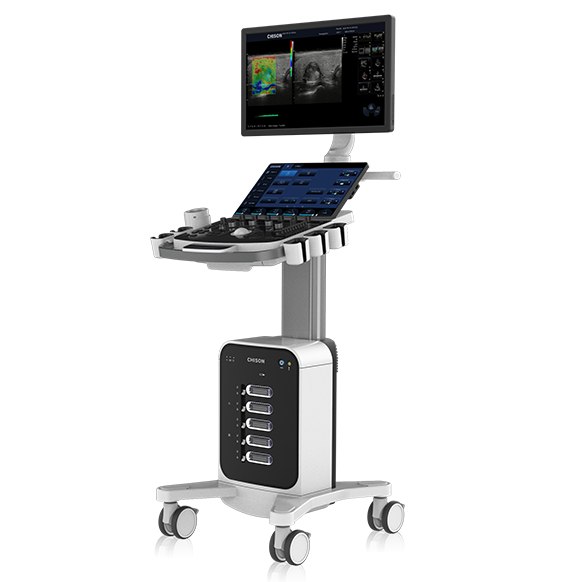The Evolution of Cart-Based Ultrasound: Advances and Applications
Cart-based ultrasound systems have undergone significant advancements in recent years, revolutionizing medical imaging and diagnostic capabilities. This article explores the evolution of cart-based ultrasound technology, highlighting key advances and discussing its wide range of applications in various medical fields. From improved image quality to enhanced functionality and portability, cart-based ultrasound has become an invaluable tool in healthcare settings.

Advances in Image Quality: One of the most notable advancements in cart-based ultrasound is the remarkable improvement in image quality. Technological innovations, such as advanced signal processing algorithms and high-frequency transducers, have contributed to clearer, more detailed images. These Advancements enable healthcare professionals to visualize and assess anatomical structures with greater accuracy, aiding in diagnosis and treatment planning.
Enhanced Functionality: Cart-based ultrasound systems have also witnessed substantial enhancements in terms of functionality. Today, these systems offer a wide array of imaging modes, including 2D, 3D, and Doppler imaging, enabling comprehensive assessments of various organs and systems. Addition ally, features like elastography , contrast-enhanced imaging, and speckle reduction algorithms further augment diagnostic capabilities, providing valuable insights into tissue elasticity, blood flow, and pathology.
Portability and Ergonomics: Traditionally, cart-based ultrasound machines were large and stationary. However, recent advancements have focused on improving portability without compromising functionality. Modern cart-based systems are designed with enhanced mobility features, allowing them to be easily maneuvered vered within clinical settings. Compact designs, Lightweight construction, and ergonomic user interfaces ensure optimal user experience and ease of use, promoting efficiency and reducing fatigue during prolonged examinations.
Point-of-Care Applications: The evolution of cart-based ultrasound has expanded its applications beyond traditional imaging departments. Point-of-care ultrasound (POCUS) has gained significant traction in emergency medicine, critical care, and primary care settings. Portable cart-based systems enable rapid assessments, aiding in the diagnosis and management of various conditions, such as trauma, cardiac emergencies, and bedside procedures. POCUS has proven invaluable in time-sensitive situations, allowing for immediate decision-making and improving patient outcomes.
Specialty Applications: Cart-based ultrasound finds extensive use in specialized medical fields. In obstetrics and gynecology, it plays a crucial role in prenatal screening, monitoring fetal development, and guiding interventional procedures. In cardiology, advanced echocardiography capability ies enable detailed assessments of cardiac structure and function. Musculoskeletal ultrasound offers real-time imaging for evaluating joint disorders, tendon injuries, and guiding needle-based interventions. Furthermore, cart-based ultrasound is utilized in interventional radiationology for procedures like biopsies, drainages, and ablations, provide ing real-time imaging guidance.
Future Perspectives: The evolution of cart-based ultrasound continues to progress, with ongoing research and development focused on further improving image quality, expanding functionality, and enhancing portability. Advancements in artificial intelligence and machine learning are being systemed integrated into ultrasounds , enabling automated image analysis and decision support tools. Moreover, the integration of wireless and cloud-based technologies may enable seamless data sharing, remote consultations, and tele-ultrasound applications, bringing diagnostic capabilities to underserved areas.
The evolution of cart-based ultrasound technology has transformed medical imaging, offering improved image quality, enhanced functionality, and increased portability. Its applications span across multiple medical disciplines, empowering healthcare professionals with val uable diagnostic information at the point of care. With ongoing advancements and Future possibilities, cart-based ultrasound will continue to play a pivotal role in improving patient care, precision diagnostics, and treatment planning.
Ultrasound with imaging capabilities like none other. Enhanced Images and ease of use have been of prime importance to CHISON.
307
0
0


Comments
All Comments (0)